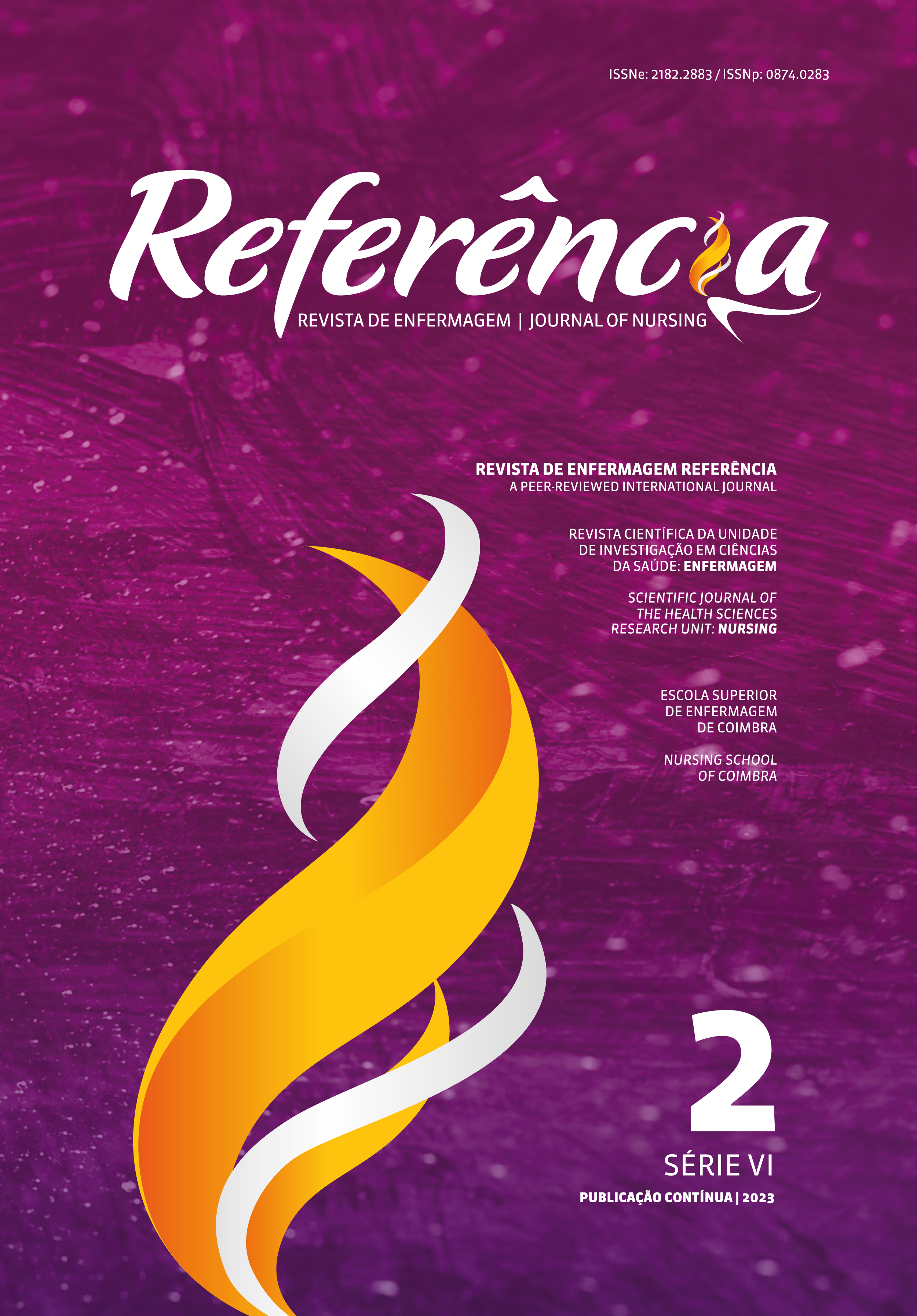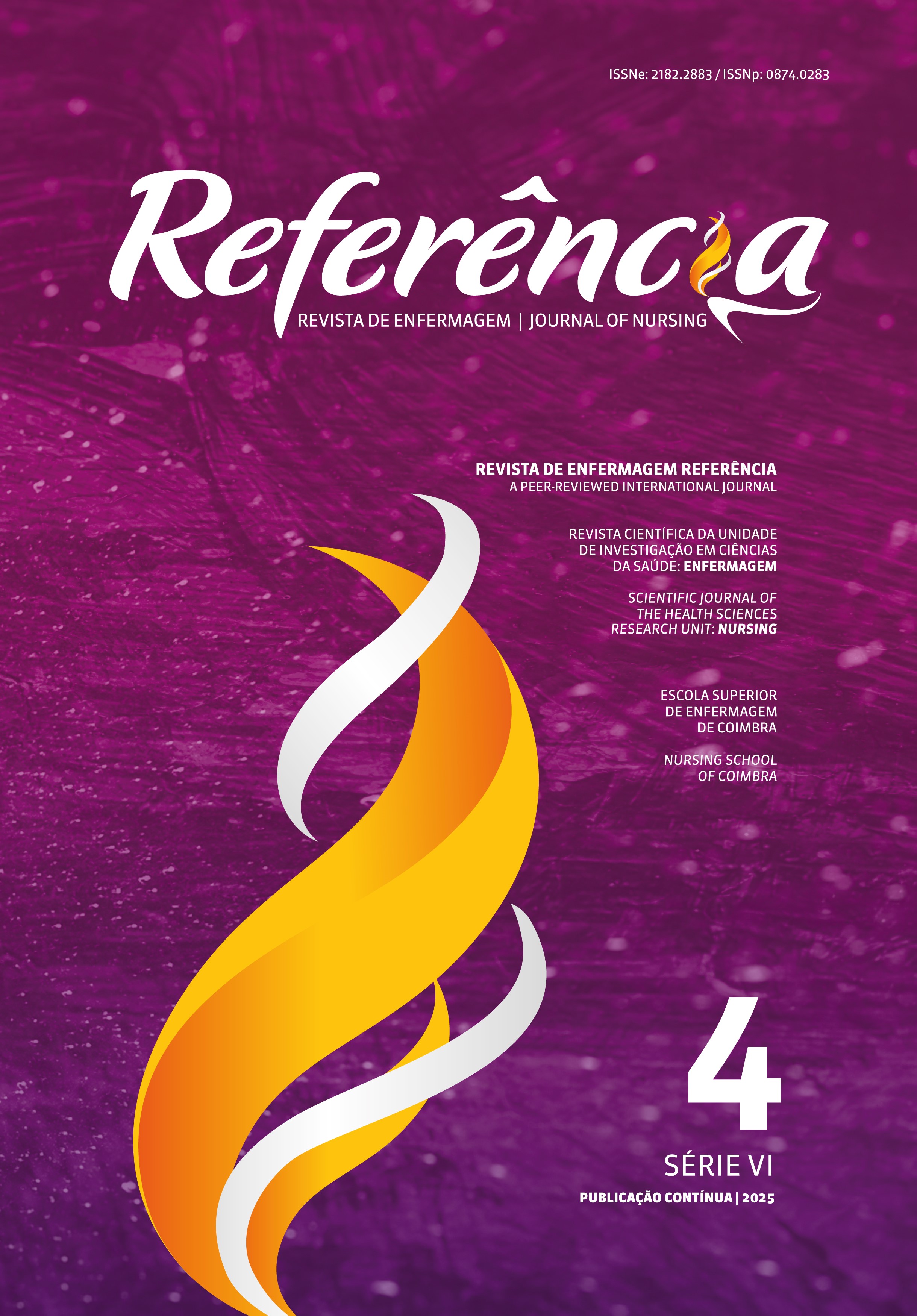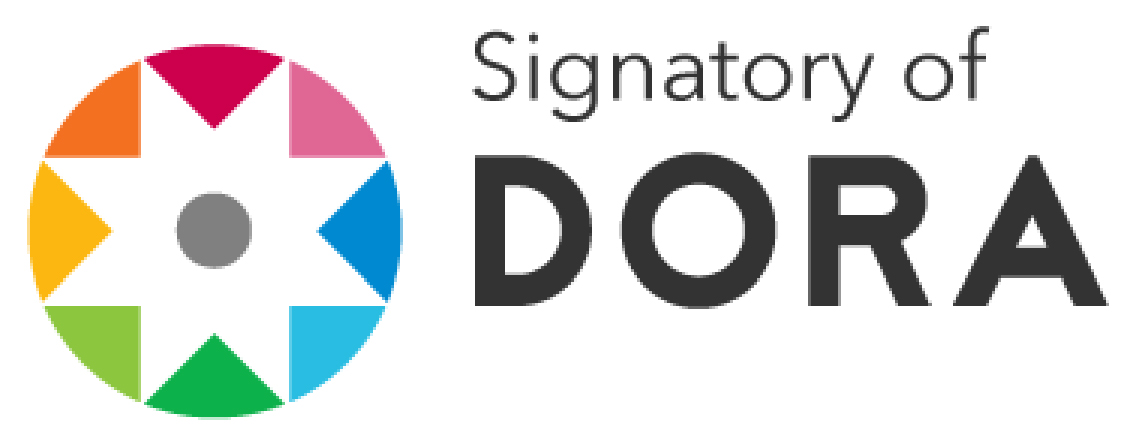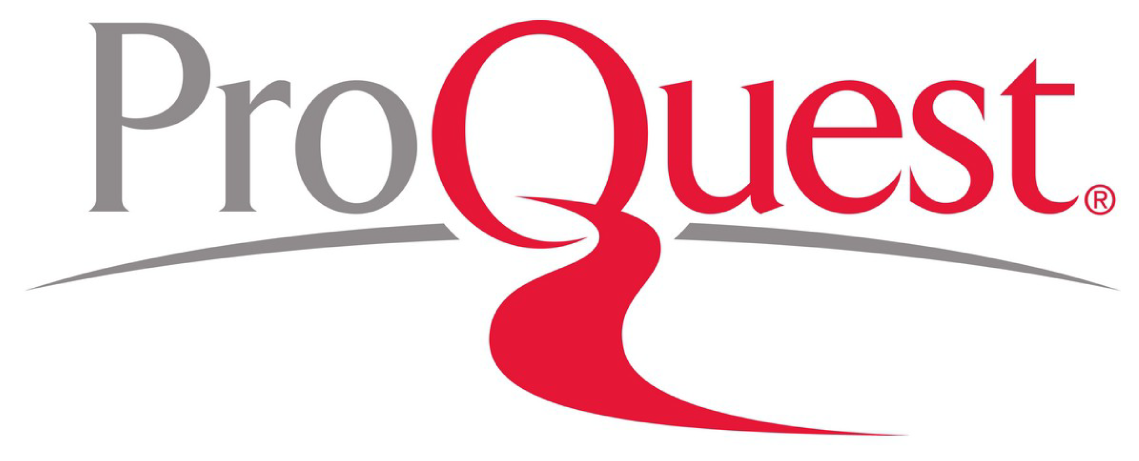COVID-19 protective measures from the perspective of health professionals: Cross-sectional and analytical study
DOI:
https://doi.org/10.12707/RVI22061Keywords:
pandemic, COVID-19, professional practice, health behavior, occupational health, health personnelAbstract
Background: The use of protective measures by health professionals may be associated with COVID-19 prevention.
Objective: To analyze how health professionals use COVID-19 protective measures in a hospital complex in a Brazilian capital city.
Methodology: Descriptive, analytical, cross-sectional study with a quantitative approach. The sample consisted of health professionals working in the fight against COVID-19. Data were collected through an online interview, with a structured questionnaire on their socio-occupational profile and use of COVID-19 protective measures. Data were analyzed through descriptive statistics, Chi-square and Fisher’s exact tests, and odds ratio.
Results: Of the 104 participants, 57.7% were nurses, 66.7% had training in COVID-19 prevention at the workplace and tested negative for COVID-19 (p = 0.006), 59.2% reported availability and use of personal protective equipment (p = 0.05) and were not infected; 37.5% of professionals who used protective measures in aerosol-generating procedures tested negative for COVID-19.
Conclusion: Protective measures reduced health professionals’ exposure to the risks of COVID-19 infection.
Downloads
References
Agência Nacional de Vigilância Sanitária. (2020a). Nota Técnica GVIMS/GGTES/ANVISA Nº 07/2020: Orientações para a prevenção da transmissão de COVID-19 dentro dos serviços de saúde. Ministério da Saúde. https://www.gov.br/anvisa/pt-br/centraisdeconteudo/publicacoes/servicosdesaude/notas-tecnicas/nota-tecnica-gvims-ggtes-anvisa-no-07-2020#:~:text=Recomenda%C3%A7%C3%B5es%20de%20prote%C3%A7%C3%A3o%20aos%20trabalhadores,19%20e%20outras%20s%C3%ADndromes%20gripais
Agência Nacional de Vigilância Sanitária. (2020b). Nota TécnicaGVIMS/GGTES/ANVISA Nº 04/2020: Orientações para serviços de saúde: Medidas de prevenção e controle que devem ser adotadas durante a assistência aos casos suspeitos ou confirmados de infecção pelo novo cononavírus (SARS-CoV-2). Ministério da Saúde. https://www.gov.br/anvisa/pt-br/centraisdeconteudo/publicacoes/servicosdesaude/notastecnicas/2020/nota_tecnica_gvims_ggtes_anvisa_04_2020_reviso_27-10-2020.pdf/viewhttp://portal.anvisa.gov.br/documents/33852/271858/Nota+T%C3%A9cnica+n+04-2020+GVIMS-GGTES-ANVISA/ab598660-3de4-4f-14-8e6f-b9341c196b28
Ashinyo, M. E., Dubik, S. D., Duti, V., Amegah, E., Ashinyo, A., Larsen-Reindorf, R., Akoriyea, S. K., & Kuma-Aboagye, P. (2020). Healthcare workers exposure risk assessment: A survey among frontline workers in designated COVID-19 treatment centers in Ghana. Journal of Primary Care Community Health, 11, 2150132720969483.
https://www.ncbi.nlm.nih.gov/pmc/articles/PMC7682216/
Assefa, D., Melaku, T., & Alemu, S. (2021). Knowledge, attitude and self-reported performance and challenges of hand hygiene using alcohol-based hand sanitizers among healthcare workers during COVID-19 pandemic at a tertiary hospital: A cross-sectional study. Infection and Drug Resistance, 14, 303-313. https://doi.org/10.2147/IDR.S291690
Campos, A. C., & Leitão, L. P. (2021). Lethality of COVID-19 among healthcare professionals in Pará, Brazil. Journal Health NPEPS, 6(1), 22-34. https://periodicos2.unemat.br/index.php/jhnpeps/article/view/5190
Carvalho, D. P., Rocha, L. P., Pinho, E. C., Tomaschewski-Barlem, J. G., Barlem, E. L., & Goulart, L. S. (2019). Cargas de trabalho e os desgastes à saúde dos trabalhadores da enfermagem. Revista Brasileira de Enfermagem, 72(6), 1435-1441. https://www.scielo.br/scielo.php?pid=S0034-71672019000601435&script=sci_arttext&tlng=pt
Castro, J. D., Souza, C. A., Almeida, S. M., Souza, A. F., Cancio, J. A., & Nobre, L. C. (2021). Investigação e notificação de casos de COVID-19 relacionados ao trabalho: Orientações técnicas, implantação e resultados. Revista Baiana de Saúde Pública, 45(Esp 1), 234-253. https://rbsp.sesab.ba.gov.br/index.php/rbsp/article/view/3253
Conselho Federal de Enfermagem. (2022). Observatório da Enfermagem. http://observatoriodaenfermagem.cofen.gov.br/
Costa, N. N., Servo, M. L., & Figueredo, W. N. (2022). COVID-19 e o estresse ocupacional vivenciado pelos profissionais de saúde no contexto hospitalar: Revisão integrativa. Revista Brasileira de Enfermagem, 75(Supl 1), e20200859. https://doi.org/10.1590/0034-7167-2020-0859
Hartmann, S., Rubin, Z., Sato, H., Yong, K. O., Terashita, D., & Balter, S. (2021). Coronavirus disease 2019 (COVID-19) infections among healthcare workers, Los Angeles County, February–May2020. Clinical Infectious Diseases, 73(7), e1850-e1854. https://pubmed.ncbi.nlm.nih.gov/32803237/
Liu, M., Cheng, S., Xu, K., Yang, Y., Zhu, Q., Zhang, H., Yang, D., Cheng, S., Xiao, H., Wang, J., Yao, H., Cong, Y., Zhou, Y., Peng, S., Kuang, M., Hou, F., Cheng, K. K., & Xiao, H. (2020). Use of personal protective equipment against coronavirus disease 2019 by healthcare professionals in Wuhan, China: Cross sectional study. BMJ, 369, m2195. https://pubmed.ncbi.nlm.nih.gov/32522737/
Mata, J. A., Maffacciolli, R., Dresch, L. S., Lanzarini, T. B., Paiva, T. S., & Rocha, C. M. (2021). O Brasil conta comigo na pandemia da COVID-19: Ensaio reflexivo sobre a antecipação da formaçãoem enfermagem. Interface, 25(Supl. 1), e200798. https://doi.org/10.1590/interface.200798
Ministério da Saúde. (2022). Coronavírus Brasil. https://COVID.saude.gov.br/
Morgan, R., Tan, H., Oveisi, N., Memmott, C., Korzuchowski, A., Hawkins, K., & Smith, J. (2022). Women healthcare workers’ experiences during COVID-19 and other crises: A scoping review. International Journal of Nursing Studies Advances, 4 (100066). https://doi.org/10.1016/j.ijnsa.2022.100066
Oliveira, A. C., Lucas, T. C., & Iquiapaza, R. A. (2021). Percepção do risco de contaminação dos profissionais de saúde por COVID-19 no Brasil. Texto & Contexto-Enfermagem, 30, e20210160.https://www.scielo.br/j/tce/a/smfzWsN5hq49Zr7smM5T9cb/abstract/?lang=pt
Paes, C. L., Ferreira, I. P., Gouveia, A. O., & Santos, V. R. (2021). The psychosocial problems and the mental health of the nursing staff in transcending the postpandemic of Covid-19. Research, Society and Development, 10(4), e54610414533e54610414533. https://rsdjournal.org/index.php/rsd/article/view/14533
Piapan, L., Michieli, P., Ronchese, F., Rui., F., Peresson, M., Segat, L., D’Agaro, P., Negro, C., Bovenzi, M., & Filon, F. L. (2022). COVID-19 outbreaks in hospital workers during the first COVID-19 wave. Occupational Medicine, 72(2), 110–117. https://doi.org/10.1093/occmed/kqab161
R Core Team. (2021). R: A language and environment for statistical computing. R Foundation for Statistical Computing. https://www.eea.europa.eu/data-and-maps/indicators/oxygen-consuming-substances-in-rivers/r-development-core-team-2006
Souza, L. P., & de Souza, A. G. (2020). Enfermagem brasileira na linha de frente contra o novo Coronavírus: Quem cuidará de quem cuida?/Brazilian nursing against the new coronavirus: Who will take care for those who care?. Journal of Nursing and Health, 10(4), e20104005. http://dx.doi.org/10.15210/JONAH.V10I4.18444
World Health Organization. (2020). Coronavirus disease (COVID-19) pandemic. https://www.who.int/emergencies/diseases/novel-coronavirus-2019






















